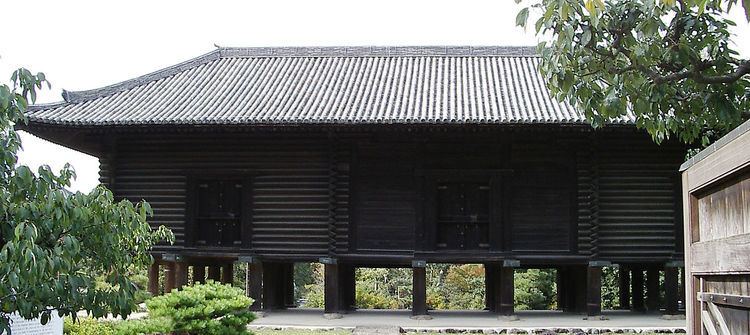645–650 Taika 686–686 Shuchō 704–708 Keiun | 650–654 Hakuchi 701–704 Taihō 708–715 Wadō | |
 | ||
Bunki (文亀) was a Japanese era name (年号, nengō, "year name") after Meiō and before Eishō. This period spanned the years from February 1501 through February 1504. The reigning emperor was Go-Kashiwabara-tennō (後柏原天皇).
Contents
Change of era
Events of the Bunki era
References
Bunki Wikipedia(Text) CC BY-SA
